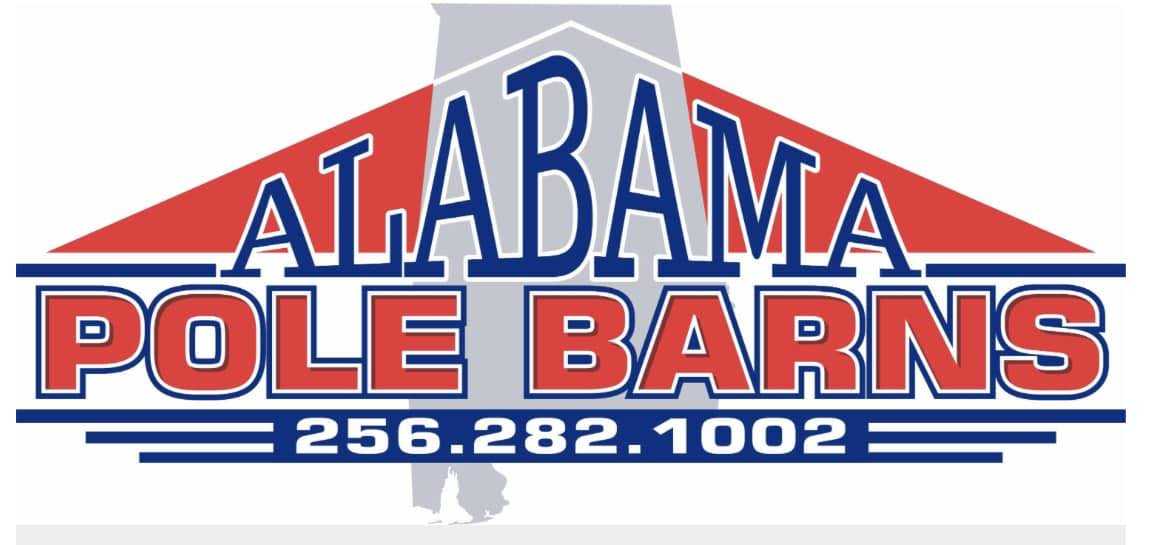When it comes to improving energy efficiency and lowering utility bills, blown-in insulation remains one of the most cost-effective solutions for homeowners. Whether you’re building a new property or upgrading your existing attic, blown-in insulation provides excellent thermal resistance, soundproofing, and air sealing benefits. In 2025, the cost of installation depends on several factors like the size of your home, insulation material type, labor charges, and regional pricing.
At Alabama Pole Barns LLC, we help homeowners across Alabama make smart, energy-efficient choices by offering high-quality blown-in insulation services. This guide breaks down the cost of blown-in insulation in 2025, its benefits, and the factors that influence your investment so you can make an informed decision.
What is Blown-In Insulation?
Blown-in insulation, sometimes referred to as loose-fill insulation, is a type of insulation material that is literally “blown” into wall cavities, attics, and floors using a specialized machine. Unlike traditional batt insulation, blown-in insulation fills gaps, cracks, and crevices more effectively, creating a seamless thermal barrier.
Common blown-in insulation materials include:
-
Cellulose – Eco-friendly, made from recycled paper products.
-
Fiberglass – Lightweight, affordable, and resistant to fire.
-
Mineral Wool – Durable and excellent for soundproofing.
Average Cost of Blown-In Insulation in 2025
The national average cost to install blown-in insulation installation in 2025 ranges between $1,500 and $3,500, with most homeowners paying around $2,500 for a 1,500–2,000 sq. ft. home.
Cost Per Square Foot
-
Cellulose: $0.80 – $1.50 per sq. ft.
-
Fiberglass: $0.90 – $1.60 per sq. ft.
-
Mineral Wool: $1.50 – $2.20 per sq. ft.
Total Cost by Home Size
-
1,000 sq. ft. home: $1,000 – $2,200
-
2,000 sq. ft. home: $2,000 – $4,000
-
3,000 sq. ft. home: $3,500 – $6,500
These prices include both materials and professional installation. DIY projects may lower labor costs, but improper installation could reduce efficiency and shorten lifespan.
Factors Affecting Blown-In Insulation Costs
Several elements play a role in determining the final installation cost:
1. Type of Material Used
-
Cellulose is affordable and eco-friendly.
-
Fiberglass is widely available and low cost.
-
Mineral Wool is pricier but offers superior fire resistance.
2. Home Size and Layout
Larger homes require more insulation and labor. Complex structures with tight corners or multiple levels may increase installation time and costs.
3. Labor Costs
In Alabama, labor costs range between $50 and $100 per hour, depending on the contractor and project complexity.
4. Existing Insulation Removal
If your attic or walls already have damaged or moldy insulation, removal services may add $1 – $2 per sq. ft. to your total cost.
5. R-Value Requirements
Higher R-values (thermal resistance) require more insulation material, which increases cost but improves energy savings.
Benefits of Blown-In Insulation
Investing in blown-in insulation with Alabama Pole Barns LLC offers multiple long-term advantages:
1. Energy Efficiency
Reduces heating and cooling costs by up to 30%.
2. Comfortable Living Spaces
Minimizes drafts and maintains consistent indoor temperatures.
3. Soundproofing
Acts as a noise barrier between rooms and from outside sources.
4. Eco-Friendly Option
Cellulose blown-in insulation is made from recycled materials, making it an environmentally responsible choice.
5. Quick Installation
Professional crews can complete most jobs within a day.
DIY vs. Professional Installation
While some homeowners consider renting an insulation blower for a DIY project, hiring professionals like Alabama Pole Barns LLC ensures:
-
Correct depth and even distribution
-
Proper safety measures (avoiding overstuffing or blocking vents)
-
Warranty coverage for workmanship
-
Long-term efficiency and durability
DIY mistakes may lead to uneven insulation, air leaks, or even damage to your home’s ventilation system, costing more in the long run.
Blown-In Insulation Cost Savings Over Time
Though upfront installation costs may seem significant, blown-in insulation pays for itself in just a few years:
-
Lower Energy Bills – Save an average of $200 – $500 per year.
-
Increased Home Value – Energy-efficient homes have higher resale value.
-
Reduced HVAC Wear – Lower strain on heating and cooling systems, extending their lifespan.
Why Choose Alabama Pole Barns LLC?
At Alabama Pole Barns LLC, we provide more than just insulation—we provide peace of mind. Our trained professionals ensure high-quality installation, customized solutions, and lasting results. Whether you’re insulating your attic, walls, or pole barn, we deliver energy-efficient solutions tailored to your budget and needs.
Conclusion
Blown-in insulation remains a smart investment in 2025 for homeowners who want comfort, energy savings, and durability. With costs averaging between $1,500 and $3,500, your long-term savings on energy bills and improved home value outweigh the upfront expense. If you’re ready to enjoy the benefits of a well-insulated home, trust Alabama Pole Barns LLC for professional, reliable installation services.
FAQs About Blown-In Insulation
1. How long does blown-in insulation last?
Blown-in insulation typically lasts 20–30 years, depending on the material and installation quality.
2. Can blown-in insulation be installed over old insulation?
Yes, in many cases, it can be applied over existing insulation unless the old material is wet, moldy, or damaged.
3. Is blown-in insulation safe for my family?
Absolutely. Fiberglass and cellulose options are non-toxic, safe, and eco-friendly when installed correctly.
4. How much energy can I save with blown-in insulation?
Homeowners save between 15–30% on heating and cooling costs annually.
5. Can blown-in insulation be removed if needed?
Yes, professionals use specialized vacuums to safely remove insulation if replacement or upgrades are required.
